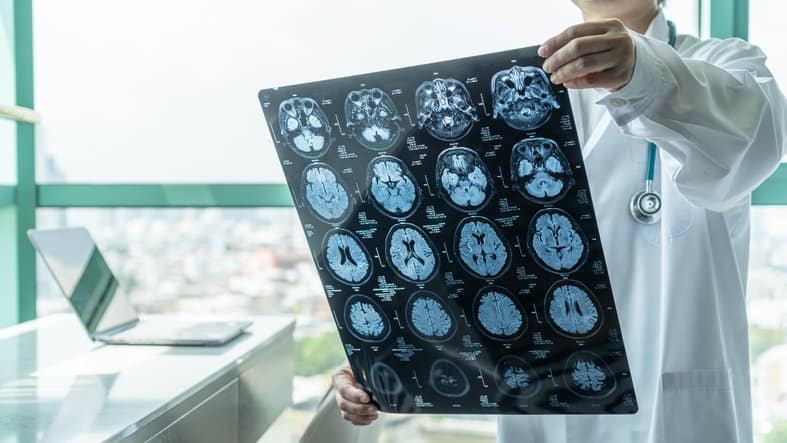For patients undergoing deep brain stimulation, the work of programming the device and adjusting its treatment can be a laborious trial-and-error process, with regular neurologist appointments spanning years to get the settings just right.
Now, Medtronic hopes to make it a little easier with an FDA approval for a first-of-its-kind system that combines brain activity sensors with electrical leads that allow for precise, directional control of the stimulation delivered.
Previously, sensors and directional leads were not available in the same device, forcing physicians to choose between them on a patient-by-patient basis for treating movement disorders such as Parkinson’s disease, dystonia, epilepsy and essential tremor.
The SenSight’s ability to continuously record neural activity and capture the brain’s responses to treatment aims to provide a bedrock of objective data that clinicians can build on when developing a regimen for a particular patient, or finding the best placement for the implant itself.
“We are learning from studies across the globe as well as daily patient care that knowing the absolute best location to implant a lead can provide both very efficient and efficacious stimulation,” said Leonardo Almeida, M.D., an assistant professor of neurology at University of Florida, where the first U.S. implantations were completed earlier this month.
The leads’ sensors detect local field potentials, or the weak, transient brain circuitry signals that correlate with the severity of Parkinson’s symptoms, as well as with the use of medications and their side effects.
Connected to Medtronic’s small, pacemakerlike Percept PC device, the implant delivers deep brain stimulation pulses about 1 million times stronger than the fluctuations in the local field, which can be wirelessly adjusted as the patient’s needs change.
“The more we continue to learn about signals from different diseases and where they are located in relation to where we usually target an implant, the more healthcare teams will be able to refine targeting and accurately plan electrode positioning for each specific patient,” Almeida said.
Continuous recording could also help unlock a better understanding of day-to-day neurological patterns and how certain physical activities impact brain function, according to researchers at the University of California, San Francisco and a study funded by the National Institutes of Health.
With a wireless, closed-loop stimulation system employing Medtronic’s separate Activa implant, the neurologists hope to find a way to program neurostimulation devices that can respond to changes in brain activity patterns over the course of a day.
The SenSight directional system previously received a CE mark and was rolled out to Western Europe this past March; Medtronic said that a full U.S. commercial launch would begin immediately.
Meanwhile, Boston Scientific scored an FDA approval for the newest generation of its deep brain stimulator at the top of this year, allowing for its conditional use while within an MRI scanner.
The company’s Vercise Genus family includes Bluetooth-equipped pulse generator implants with rechargeable and non-rechargeable models. Each can be connected with standard or directional leads.

